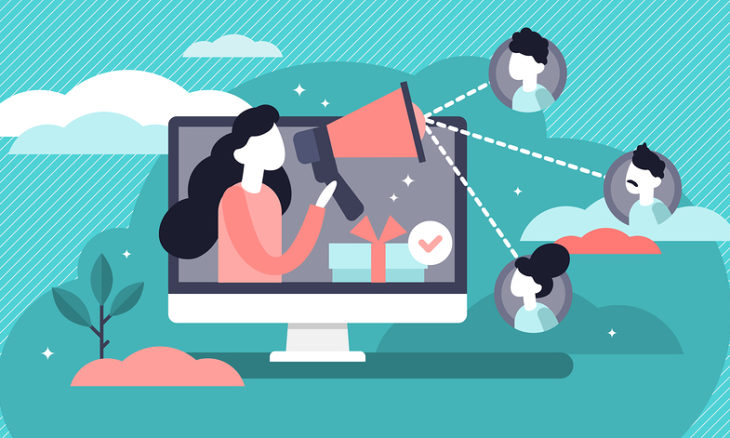Since the beginning of the year, I’ve had 147 conversations with B2B marketing leaders. These aren’t sales calls. I’m not pitching anything. They’re conversations about the issues that are top of mind for these professionals. I guide these discussions with questions around areas we’re interested in but the main goal is to get a sense of the market. It turns out that personalization is a top of mind issue.
B2B Personalization isn’t easy. B2B Personalization is hard.
One thing that comes up, again and again, is the challenge of delivering personalized content for B2B visitors. Most of these companies, they’re generally large enterprises across a variety of industries, have created visitor journey frameworks so they have the context for deciding what content goes in front of what visitor. So why is personalization so difficult.
Well, it isn’t the data about visitors. There are plenty of first and third-party sources about visitor data. You may have some work to do in order to integrate that data into your systems but visitor data is no longer the heavy lift. Putting that data to work is the lift. That usually requires an IT lift and a content lift that many companies struggle with when getting started.
The IT lift for B2B Personalization
Some of the people I spoke with talked about the challenge of getting the CIO teams to help with implementing personalization. What was interesting about several of these conversations was that these marketing teams were running large integrated MarTech Suites. They bought these suites because they promised the swiss army knife functionality out of the box. Unfortunately, some of them require “configuration” which is beyond the marketing team’s capabilities.
If you’re choosing a best in class technology the IT can generally be lower — many of them pitch the ease of getting started — but you’re generally faced with getting IT approval for adding another technology to the landscape. Yet again, you’re working to get priority and perhaps budget from the IT team.
The Content lift for B2B Personalization
When working on journey maps we all created the grids that showed tasks and stages for each persona and the capabilities and content that needed to be developed for every digital interaction. One of the greatest challenges was making those design reality. Content and feature creation was often the biggest hurdle in getting value out of the work. That was a frustration expressed by many of the marketing leaders that I spoke to.
Being practical, they focus on the content and capabilities that have the greatest value and don’t try to do everything. Sometimes they know this because they have metrics. More often than not they chose where to focus using experience and intuition. That’s a nice way of saying that they trust their gut.
What do you do when the personalization engine needs to be fed content for pages? Multiple personas. Multiple stages. Many tasks. Complex page templates. That’s a lot of content. That’s a big challenge for content marketers who are already pressed to deliver feed content marketing machine.
Getting Started with B2B Personalization
If you already have a personalization technology as part of your stack but are struggling with either the IT life or the content life you’re going to need budget to get started. Getting budget is difficult. (I wrote on the things that prevent marketing teams from getting the most from AI). So, you need to start small. Starting small is easier. Much easier.
Find friends. You know who these people are. They’re the folks who are always experimenting with new stuff. You’ll need someone who owns the content. You’ll need someone who owns the product — they’re going to have the business case mojo. And you’ll likely need an IT pal who can help navigate.
If you don’t have personalization tech in your stack, start with a best in class provider. Most of these providers (SoloSegment included) are relatively easy to deploy. Get them to do a proof of concept. Some will offer this for free for sixty days or so, some will charge a nominal amount but this will make your IT lift low. You will probably need a content person but some tech will work with your existing content. You’ll definitely need a product person (that may be you) to build the business case.
For either scenario, your goal is to within sixty days of deployment to demonstrate value. Set your initial goals low — go for fewer bounces or fewer “bad” exits (an exit without a task completion). Make some assumptions about how this top to mid-funnel progression contributes to conversions and you’ve got the basics for building your business case. The business case is your key to budget for expanding into a broader adoption of personalization technology.





